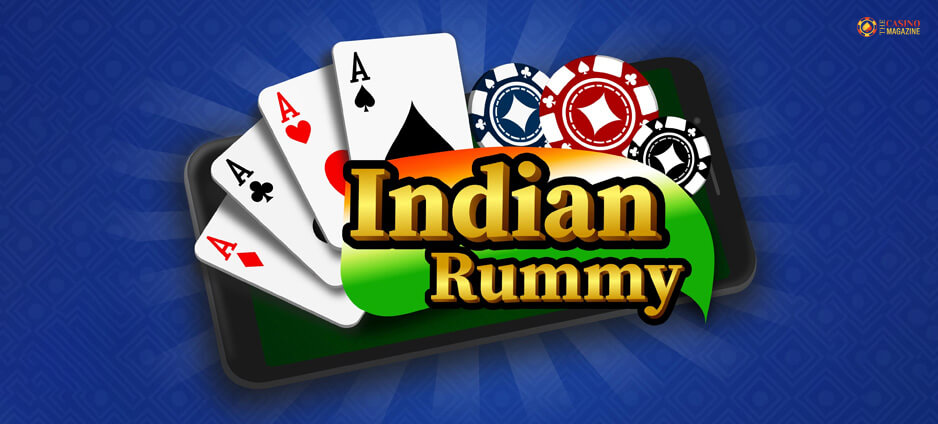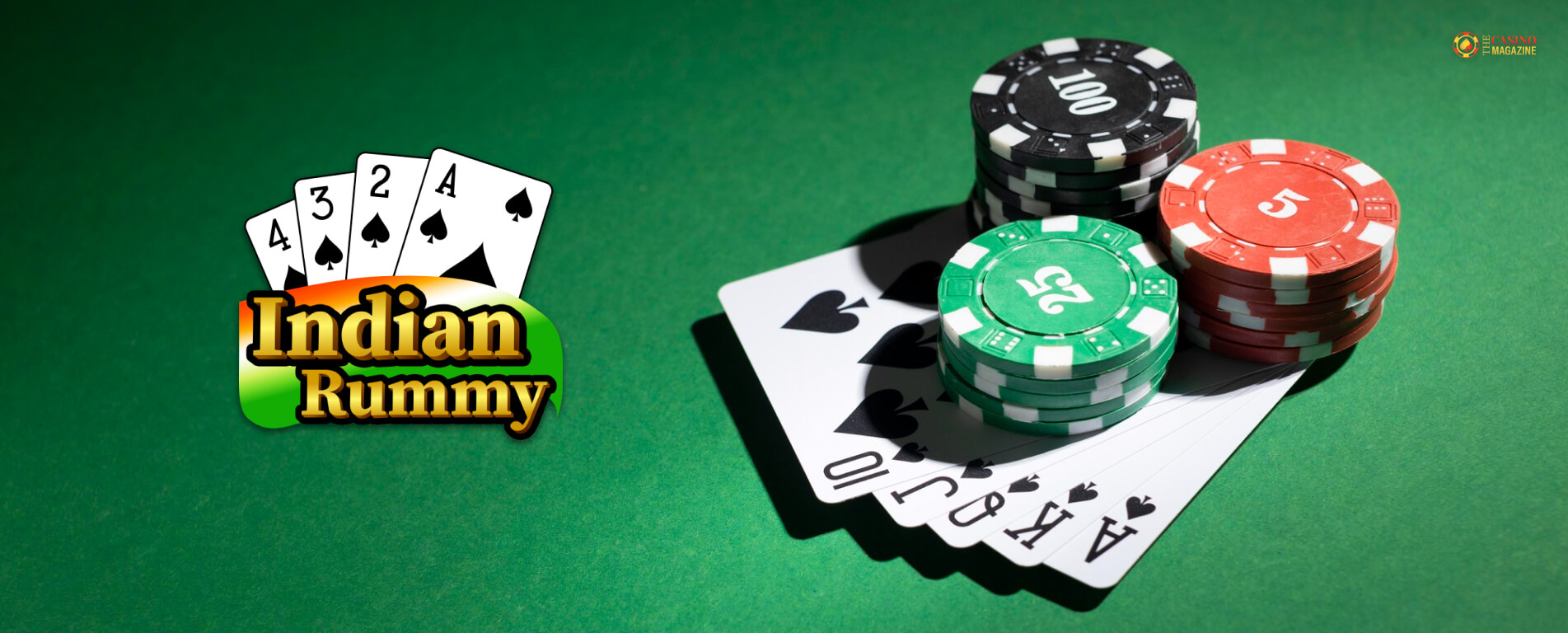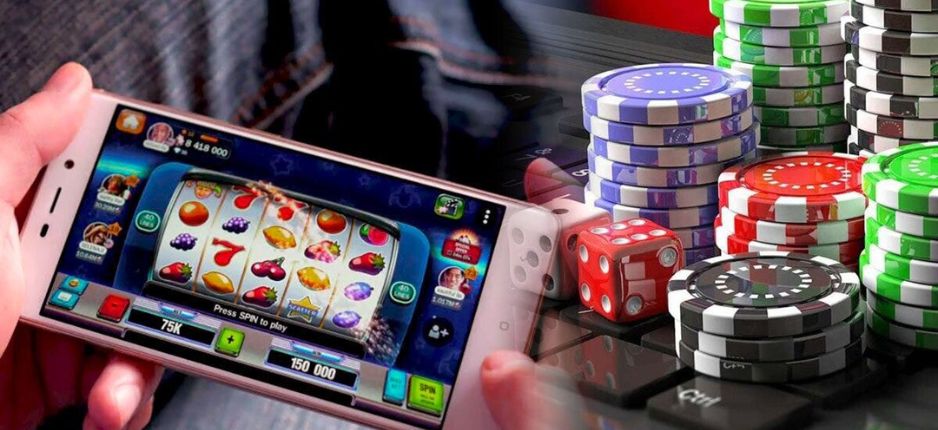Indian Cherokee Rummy, also known as Paplu, is a card game played in India that is very similar to the original rummy. It could be viewed as a combination of gin rummy or Rummy 500. Indian Rummy is a game of rummy that is very popular in India. In this version, each player on the table uses 13 cards to make valid sets. 13 cards are dealt to each player at first.
A 52-card deck is chosen for the game if there are only two players, and two 52-card decks are combined if there are six players. All players must draw cards and then discard cards in turn until one player has cards with valid sets that comply with the Rummy validation rules. Indian Rummy may have originated from Celebes Rummy, which is also known as Rhuk in South Asia.
There are two possible sets: a sequence of three or four of kind and suited cards played consecutively (without matching suits). At least two sequences are necessary to win a hand, and one of them must be “pure” or made without jokers.
But do you know what the origin of Indian Rummy is? Ganjifa, a game that was popular among the Mughals, inspired the development of card games in the 16th century. It started out as a court game with a fancy deck of playing cards made of precious stones and materials.
Gameplay

The only difference between regular Rummy and Indian Rummy is the number of cards dealt. Each player holds a set of 13 cards.
In the Indian subcontinent, Indian Rummy is a card-mashing game that is very popular. It’s a game for two to six people. Two decks of cards are used for two players. There are three decks in the game for more than two players. At the start, each player gets 13 cards, which they must combine into valid sets and sequences. It is a draw-and-discard game where players choose a card from the closed deck. They can also select a card from the open pile upon their turn and discard a card to the open pile.
Fives, sixes, and sevens of the same suit are examples of sequences or runs, and sevens, sevens, and sevens of different suits are sets. Joker cards are also used in Indian Rummy. These cards can be used instead of any other card to create combinations.
Points are contained in specific cards. Points on number cards are based on their face value. The face cards Jacks, Queens, Kings, and Aces each have 10 points. Zero points are awarded for jokers. Players’ point totals go down as they combine their cards. The game is won by the player with zero points first.
The winner is the player who makes valid runs and sets before everyone else. According to the game’s rules, one of the runs must be pure, meaning it does not contain a joker. There must be at least two runs. For example, a pure run is 8, 9, 10, which is a card from the same suit, while an impure run is 8, 9, Joker. The remaining cards can be merged into sets or runs by players.
Each player selects a card from the closed or open deck and adds it to the open deck by discarding another card. The game progresses counterclockwise until the winner completes all required sets and sequences. The fundamental 13-card strategy is constructing valid sets and sequences before opponents.
The game will end when either player discards a face-down card from the discard stack. Before the other players can see their hands, the players must arrange the cards and place them on the table. The player has declared the winner if their hand meets the goal. If not, then all opponents are deemed winners, while the player whose game ended in a loss is considered a loser.
The total number of unmade points held by the losing players is tallied at the hand’s conclusion. Typically, scores are rounded to the nearest five, so 62 points become 60. A score of 80 is entered when the hand value of a losing player is higher than 80; for instance, 91 points count as 80.
1. Rummy Points
Games in which the initial monetary value of each point is predetermined. The player who completes first wins the sum as: ( the total number of points scored by each opponent) x It is the simplest and fastest form of Indian Rummy. Points Rummy is easier to learn and play for new players.
2. Rummy Deals
Games in which the initial number of deals, or game rounds, is predetermined. The player with the most points wins the game at the end of each deal. The average number of deals is two or three. It is like playing Focuses Rummy for a decent number of times. As a result, completing a Deals Rummy game takes longer.
3. Rummy Pool
Games in which as far as possible (101/201) for the focus is preset toward the start. The winner is the player who remains until the end after all other players have been eliminated due to exceeding the predetermined limit. Indian rummy’s longest format is this one. It is like playing Focuses Rummy over and over till every one of the players, aside from one, gathers 101/201 focuses and needs to leave the game.
Jokers
One player chooses a card from the stock instead of the jokers in the deck. It’s known as a “wild card joker.” There are five Joker cards in all, four of which can be used by players in the game. There is one joker who turns up. The following is how this card determines an additional set of jokers for that hand.
- A similar position no matter what the variety.
- A “paplu” is the next higher card in the same suit. This card acts as a joker, but each player gives the card’s holder an additional bonus at the end of each round. This typically amounts to 10 points per player (25 points if two pluses are held).
- Nichlu and Upplu are two other terms you might hear in addition to Paplu. Even though saying these words might be entertaining, they actually represent a set of guidelines for wild card Jokers.
Final Words
You must be curious about the legal status of the game. The courts have ruled that rummy is a game of skill or just skill. With the exception of a few states, laws that prohibit gambling and betting do not apply to these games. But the states of Orissa and Assam haven’t said anything definitively about this, so they’re ambiguous territories. In India, it is also legal to play rummy online.
I hope now you have a pretty good idea about Indian Rummy. Still, if you have any queries, please ask in the comment section below.
Thank You.
Read Also:







